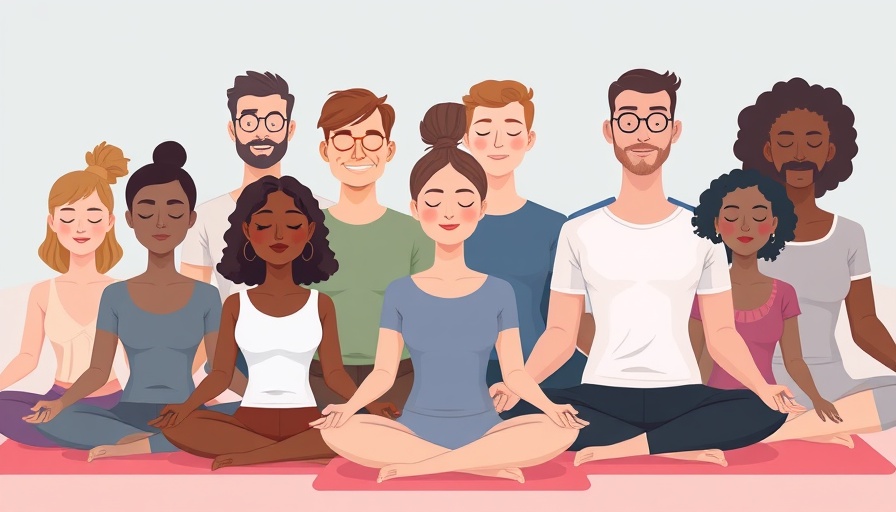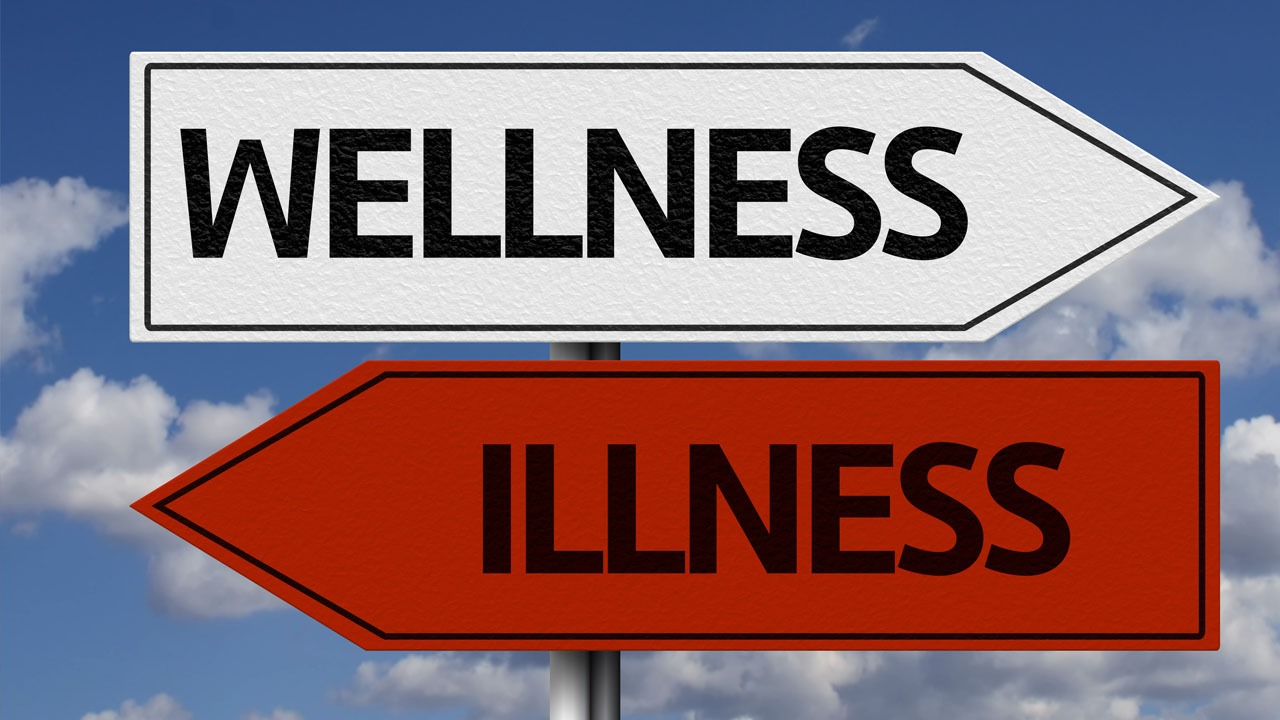
Understanding Mindfulness: More Than Just a Buzzword
Mindfulness is becoming a popular term tossed about in wellness conversations, yet its essence can often feel elusive. At its core, mindfulness represents the state of being fully present and aware of the current moment—both in thought and action. It’s not merely a technique but rather an inherent human ability that anyone can cultivate through consistent practice.
The Fundamental Benefits of Practicing Mindfulness
Research has shown that practicing mindfulness can offer profound benefits. It enhances focus, reduces stress, and promotes emotional resilience. For those navigating the complexities of daily life, developing a mindfulness practice can lead to deeper self-awareness and greater compassion for ourselves and others. Mindfulness acts as a mental reprieve from the chaos of our thoughts, helping us relax and reconnect with our bodies.
Turning Mindfulness into Daily Practice
Daily mindfulness doesn't have to be time-consuming. Simple, brief pauses to breathe can significantly enhance your day. Whether you find serenity through yoga, meditation, or even a walk in nature, these moments serve as reminders to stay rooted in the present. Incorporating mindfulness into daily activities turns mundane routines into opportunities for self-care.
The Mind-Body Connection: Ground Yourself Through Mindfulness
A crucial aspect of mindfulness is understanding the mind-body connection. Awareness of physical posture and bodily sensations is essential. When seated, ensure your feet are grounded, your spine is aligned, and your shoulders are relaxed. This awareness helps to center your thoughts, leading to a more focused and enriched practice.
Challenges and Misconceptions About Mindfulness
Despite its accessibility, many individuals face challenges when beginning their mindfulness journey. A common misconception is that mindfulness requires a completely 'empty' mind. This is far from the truth; the goal is not to suppress thought but to observe it without judgment. Accepting that distractions will arise is part of the process. The more you practice bringing your focus back, the more adept you become at managing your thoughts.
Finding Your Own Mindfulness Path
There are various forms of mindfulness—seated meditation, walking meditations, and mindful movement, among others. Exploring these different practices can help you discover what resonates with you. Remember, mindfulness is a personal journey; what works for one person may differ for another. Be open to experimenting until you find the rhythm that feels right.
Embracing Mindfulness for a Healthier Lifestyle
Incorporating mindfulness into your life can lead to a cascade of positive changes. From better emotional regulation to increased focus and creativity, the ripple effects are tangible. Embracing mindfulness isn’t just about improving mental well-being; it enhances overall health by reducing stress, which can be a silent but dangerous contributor to various health issues.
Take Action: Start Your Mindfulness Journey Today!
If this article has sparked your interest in mindfulness, take a moment today to practice. Start with a simple breathing exercise: close your eyes, breathe in deeply, and focus on the sensation of your breath filling your lungs. A few minutes of this can profoundly impact your day. Remember, the journey to mindfulness is a continuous one, and every little step counts. Explore resources, join local groups, or even begin your day with a mindful practice. Let mindfulness guide you towards a more peaceful and present way of living.
 Add Row
Add Row  Add
Add 




 Add Row
Add Row  Add
Add 

Write A Comment